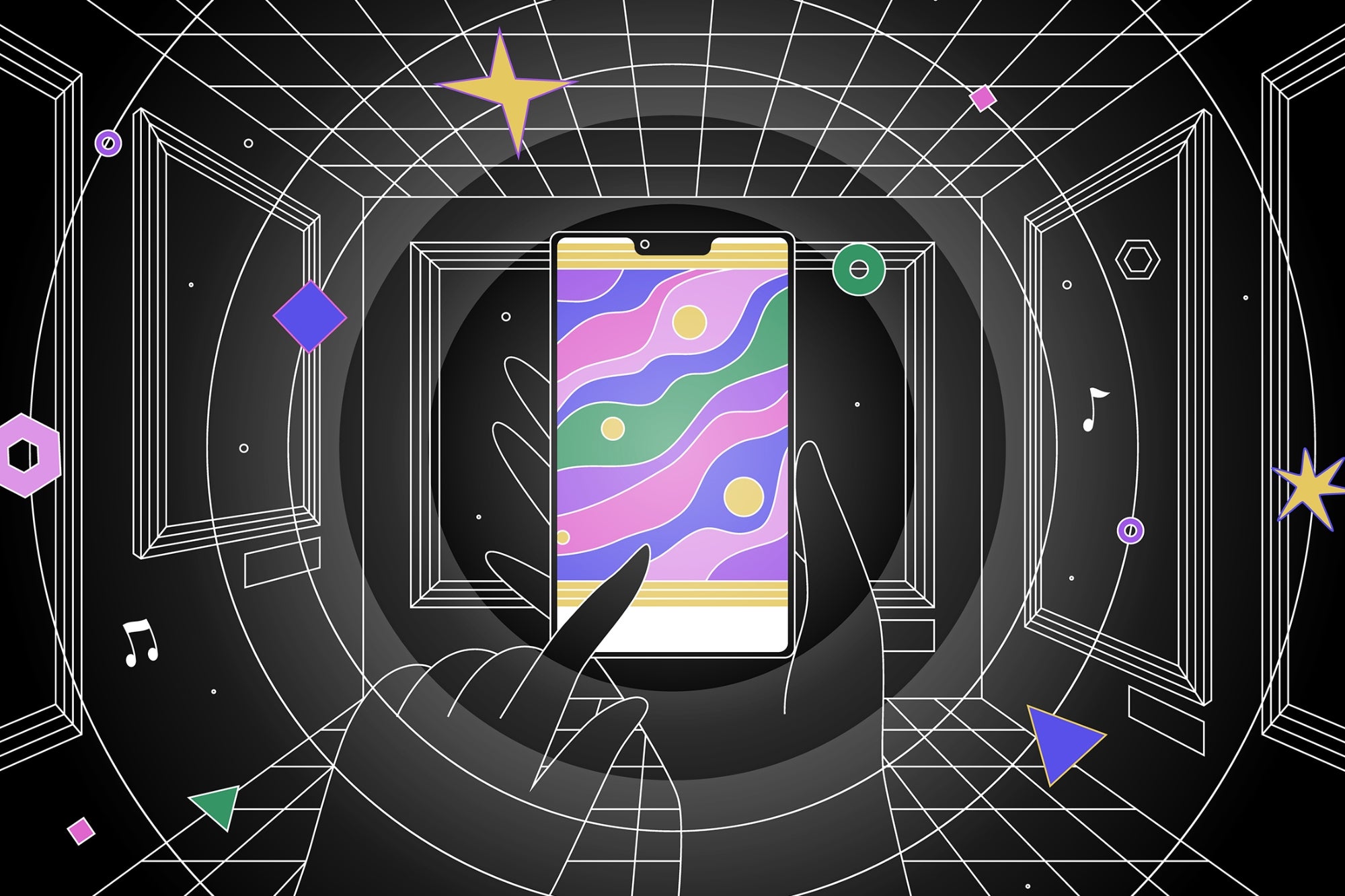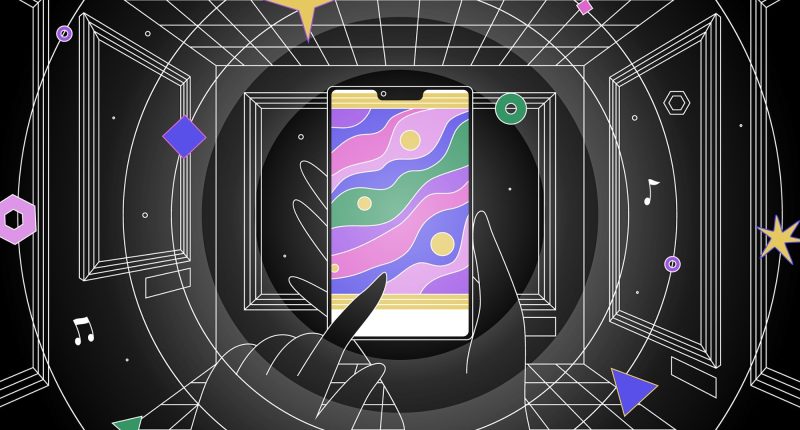
Opinions expressed by Entrepreneur contributors are their own.
In the last three years, there have been several important developments in the tech world related to immersive technologies: augmented reality (AR), virtual reality (VR) and extended reality (XR). We’ve witnessed a huge jump in the development of AI. And all this against the backdrop of a real race in the development and launch of devices for AR and VR — and not without reason. At CES 2024, one of the central theme words was “spatial.”
So, immersive technology is already here. It is no longer foreseen for the future; it is a current reality. The era of neural networks and metaverses, spatial computing, AR glasses and the use of VR to fully immerse ourselves in new spaces and interactions will inevitably become our present in the next three to five years.
Devar has been specializing in augmented reality technology for nine years now. And in this article, we’ll discuss how changes in business are already forcing us to adapt to new realities in marketing. It so happens that despite the global changes in technology, so far, we see that most marketers have a professional “blindness” about the use of AR technology. This has come about because AR in marketing is primarily associated with the “WOW effect,” advertising and promotional campaigns.
Related: Augmented Reality in Businesses: What Will the Future Look Like?
Where is our audience?
The majority of marketing campaigns today are spent on hypothesis testing, as there is no clear strategy for finding the right audience that has already interacted with your product. The introduction of AR into marketing is still perceived as a wow effect, yet AR marketing spend is gradually increasing — from $3 billion last year to an expected $12 billion within three years. That said, it’s important to note that few people are discussing the use of AR in the marketing of physical goods.
We believe that physical goods will be the portal to the digital world, especially when AR glasses change our behavior, just like the smartphone did. If we get used to consuming information through glasses, all goods without digital content will go into the background. This is where it is important for marketers to understand the new trends.
Tim Cook said, “I think AR is one of these very few profound technologies that we will look back on one day and go, how did we live our lives without it?” Changes in marketing are just the beginning.
Phygital marketing
What is phygital marketing? Is it something that requires specialized agencies? And what is the difference between phygital and digital marketing?
Phygital represents a new era in advertising, combining physical goods with the digital world. Unlike digital marketing, the key element here becomes the use of augmented reality to engage with the audience in a deeper way.
I suggest looking at which product categories or types of businesses are ideal for promotion under phygital marketing. If you are a business, you should explore how immersive technology, particularly augmented reality, can be used to achieve your goals:
-
Merchandise where packaging plays an important role in standing out on the shelf and attracting the attention of customers
-
Merchandise featured in online displays. Interacting with your product can be done through AR even on the marketplace screen
-
An active presence on social media to promote the brand and products
-
Products that can be interacted with immersively, such as books or toys
-
Stores located in shopping centers where it is difficult to gather all the target audience
-
Art projects, from physical objects to performances
-
Advertising on physical media, from small posters to giant billboards, all of which can be enriched with AR content
-
Specialized or niche products where it is difficult to find an audience and keep their attention
-
Large corporations working with global brands that care about brand awareness, loyalty and customer feedback
-
Marketing agencies that can combine all of the above categories and actively use statistics in their work
As you can see, for almost every area of business, you can apply the new opportunities that phygital marketing brings.
Related: 3 Ways Augmented Reality is Taking Customer Experience to the Next Level
Now let’s consider what opportunities phygital marketing provides.
We can get the following information:
-
User data: their digital profile, preferences and social media activity
-
Product usage history: favorite scenes, frequency of use, geography, etc.
Of course, some of this information is hard to imagine right now, but I’m sure we’ll have even more metrics for audience research and recommendations for product improvement in the future. And most importantly, you can already start using phygital marketing today. Some of your audience information and statistics on AR content usage are available now.
What can you do right now?
Dear marketers, don’t see AR only as a “wow” technology anymore. It’s just the tip of the iceberg. Augmented reality technology is a complete tool for performance marketing.
Using augmented reality, you can easily turn your physical products into entry points to your website, specialty landing pages and social media.
Integration with social media advertising accounts can help you get detailed audience information and retarget them on your platforms. You can also add AR content to your packages by simply adding QR codes.
Welcome to the world of phygital marketing, dear entrepreneurs! Here is our future!
Related: Are You Hesitant to Use AR Technology? Here’s Why You Need to Jump on It Now.
This article is from Entrepreneur.com









